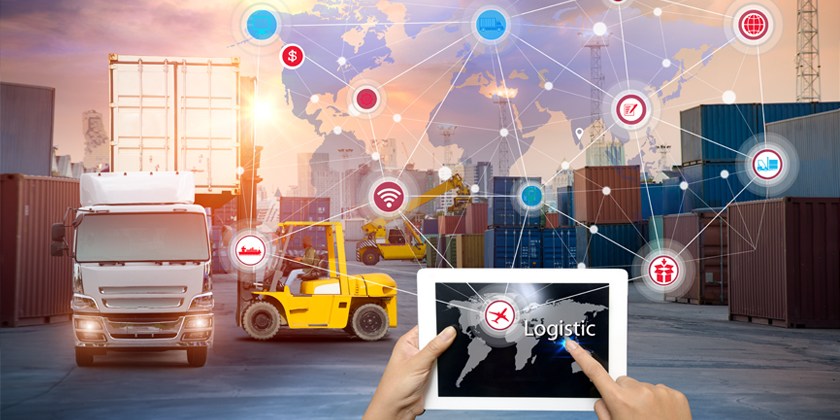AI in Logistics and Supply Chain - Part 2: Revolution your organization
Thanks to the rapid development of machine learning, big data analytics, computer vision, etc., the modern Logistics and Supply Chain is optimized in many different aspects from people to organizations.
Logistics and Supply Chain companies that implement AI can make decisions and predict base on what they learned from data in management to do predictive analytics or back-office automation. AI is expected to become a powerful assistance tool in this industry.

Logistics and Supply Chain has an operating network with a vast amount of data, which is very suitable for applying and developing AI because the core of AI is data. The integration of AI will improve the efficiency of supply chain coordination.
Determine most cost-effective delivery routes and automated repetitive office tasks
In fact, the giants in the industry like DHL, FedEx, Alibaba, P&G, etc., are using AI to help determine the most cost-effective delivery routes and automated repetitive office tasks. For example, DHL uses AI to solve and optimize the customs declaration process for shipments, avoiding human errors that can affect the customs clearance process and incur unnecessary costs.
Similarly, with the data of traffic, weather, and previous order information you fed into the AI system, it can offer companies the most optimal route for a shipment, thereby saving time for shippers, shorten delivery time and bring satisfaction to customers.
In Vietnam, delivery within 60 minutes is the outstanding feature of the Ship60. To do that, the company has used AI algorithms, integrating Big Data to analyze shipping routes to meet urgent orders. With the speed of delivery, Ship60 pioneered the movement of building a modern Logistics system.
Demand forecasting

AI is a technology that can "learn" from experience, then analyze the influence factors to forecast market trends. DHL has done this well by applying machine learning to develop a tool to predict air freight transit time delays. Besides, the Chinese Retails giant - Alibaba created the Cainiao network, which is used to indicate the shopping needs of some items in each area, thereby planning the allocation of warehouses and arranging delivery schedules most logically.
If you take a deep look insight Amazon’s AI-powered supply chain, you will be surprised with their AI prediction on-demand product before customers buy it, base on it, stocking the warehouse.
“We’re calling this before you click buy because we buy customer obsession in the weeks, days months before you’re on website shopping and decide to want to buy something.”-Amazon’s forecasting and capacity lead Jenny Freshwater.
Improve customer experience
With a capable assistant like AI, it is entirely possible to meet the demand of each customer. Customers can interact with logistics providers through Chatbots to answer questions or resolve emerging issues. For example, you can track your DHL shipments through the Alexa app. Moreover, Alexa can help you automatically connect with a DHL customer service agent for assistance when needed.

To conclude, the potential of applying AI in the Logistics and Supply Chain industry is fantastic. Logistics and Supply Chain companies expect their operation to be more and more optimized in the next five years. It's can be your secret weapon to take over this industry.